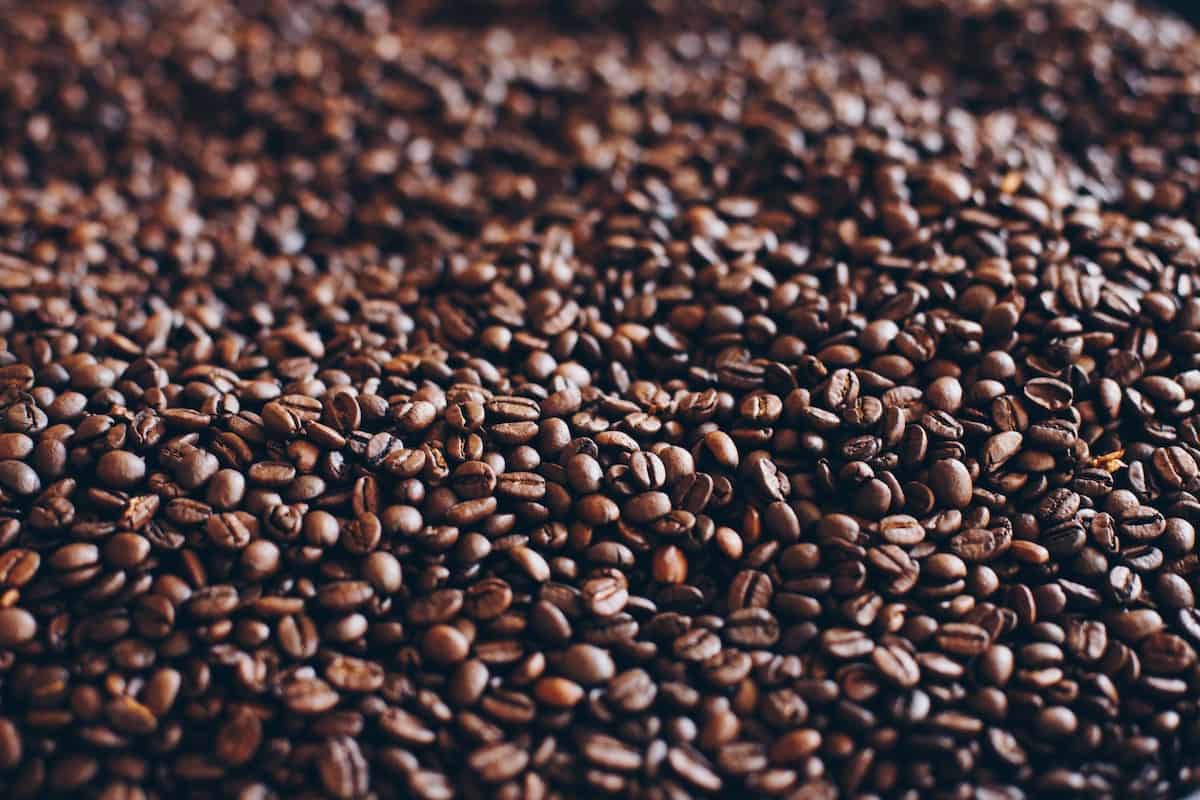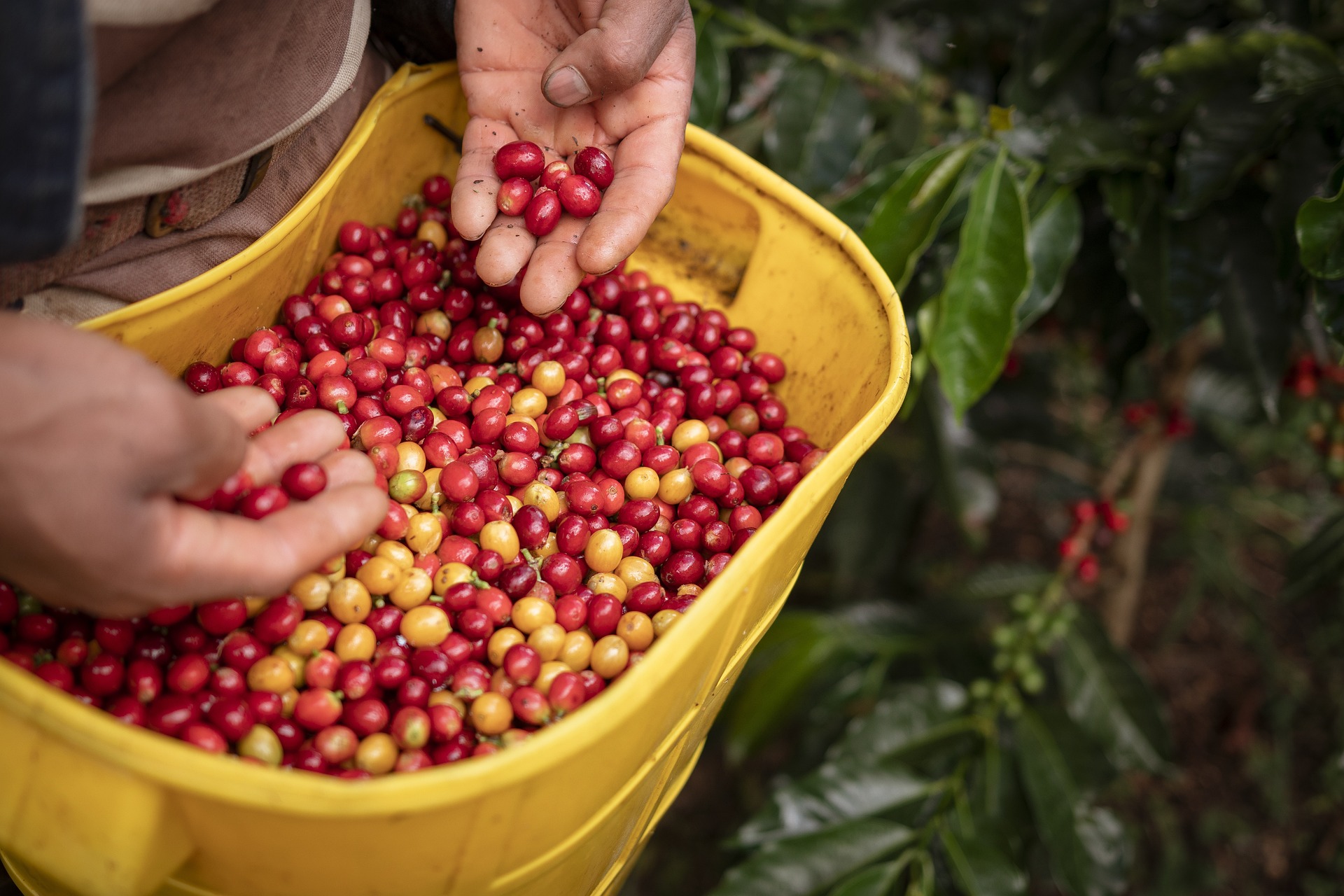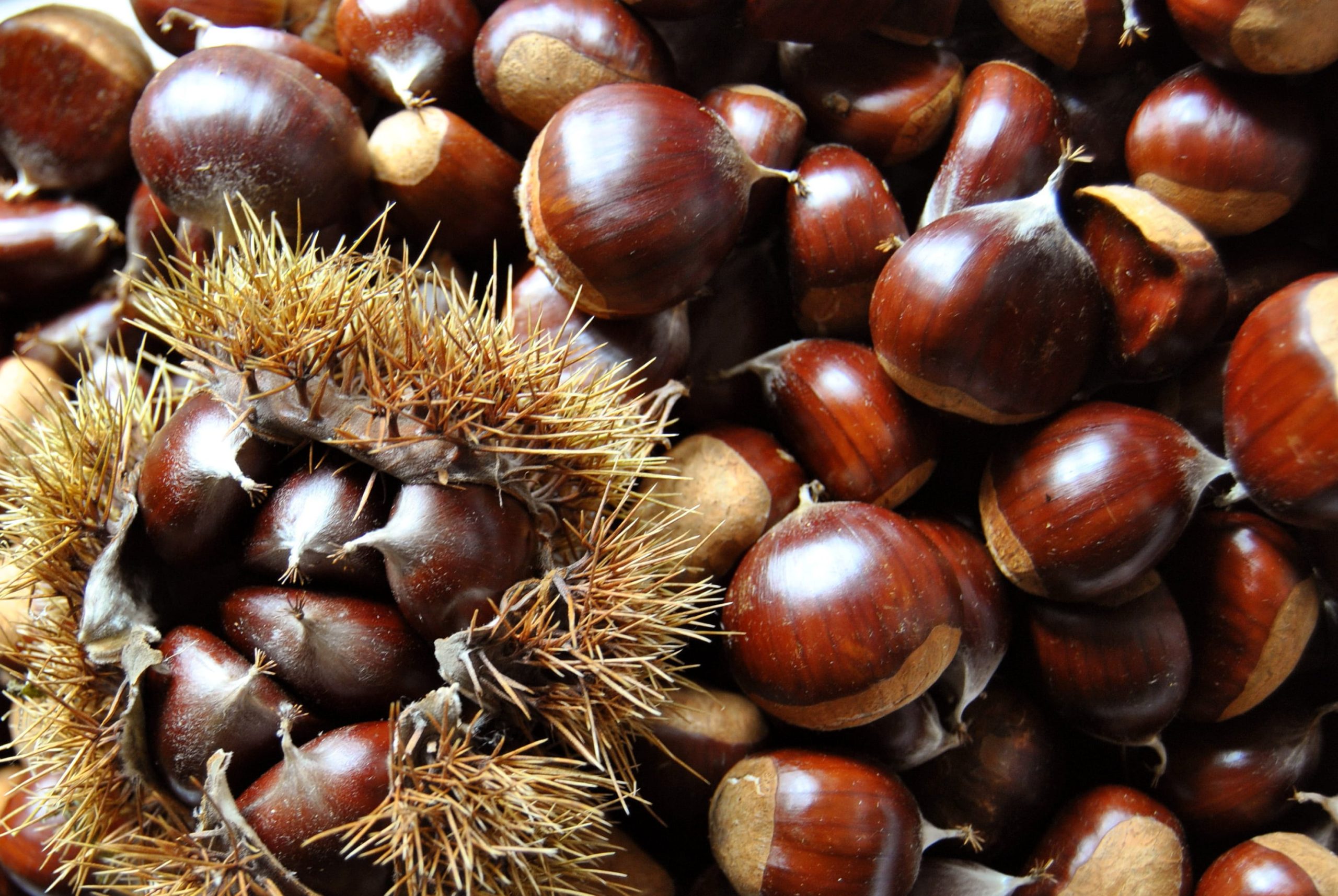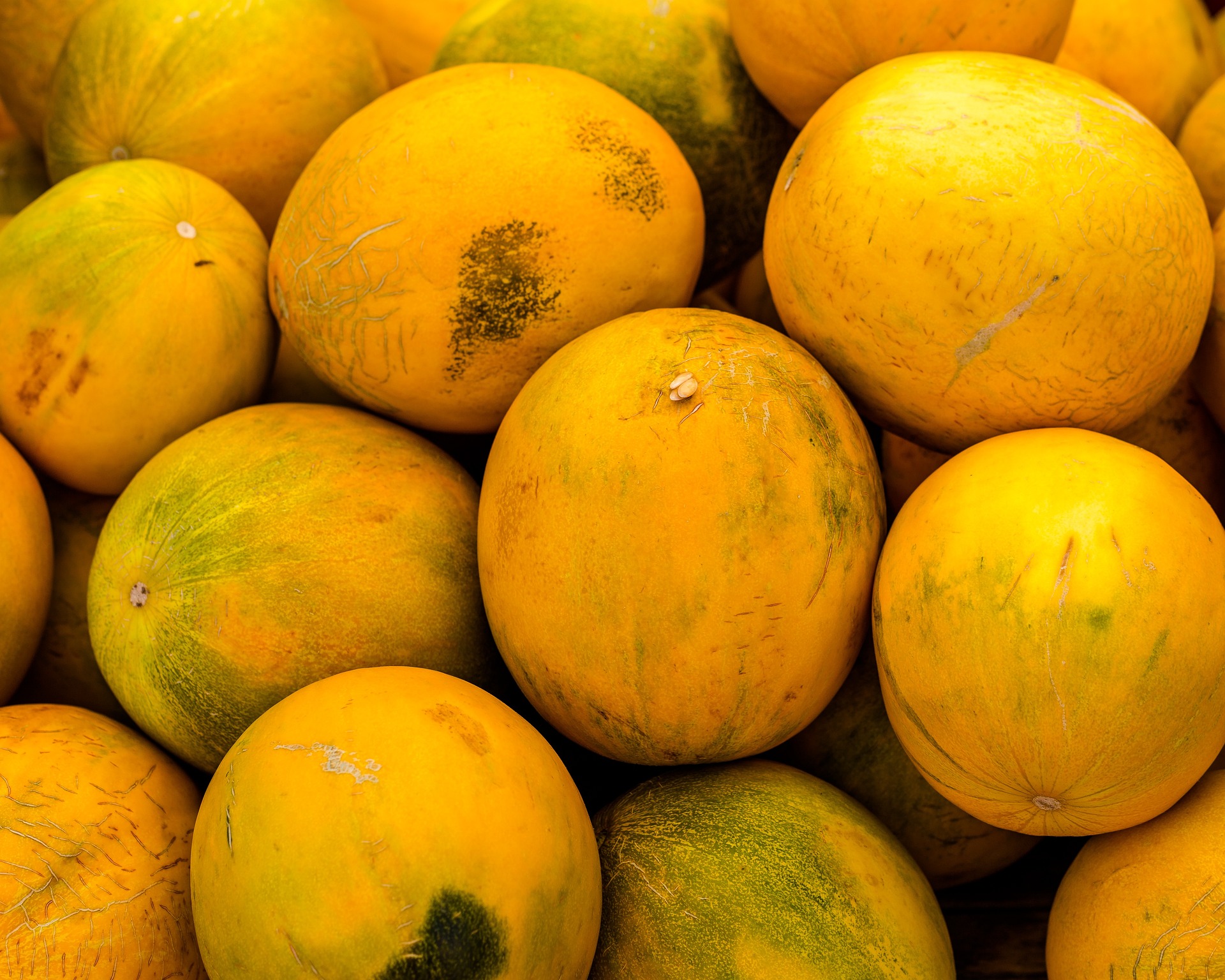A Comprehensive Guide to Coffee Bean Types

The primary actor of tired, happy, and sad moments, coffee has a very special place in human life. There is no moment when a good cup of coffee with a fresh coffee smell does not feel good. Coffee, which enchants with its smell and gives happiness with its taste, has its own story. It is an integral part of human life that has been consumed in daily life for about 1300 years. Furthermore, the interest in this special bean is increasing day by day. You are definitely among the people who cannot start the day without coffee, who always drink their coffee with their dessert, or who always sip their coffee during a pleasant conversation.
While brewing your coffee, have you ever wondered which beans make the coffee that slowly drips into your cup? If your answer to this question is yes, we invite you on a journey of coffee beans. After reading this article, you can call yourself a coffee gourmet! If you are ready, let’s take a look at a comprehensive guide to the types of coffee beans.
The Journey of the Coffee Bean Types
This dark, fragrant beverage is an important part of many people’s daily lives. The journey of a cup of a beverage that revitalizes our body and soul is also interesting. Coffee is a tree in the genus Coffea of the Rubiaceae family. The fruit beans of this tree are roasted and ground into a powder. Mixing the powder with boiling water or milk creates coffee, the drink we can’t get enough of.
The coffee tree grows in regions with tropical and equatorial climates. Today, coffee is cultivated in nearly 80 countries from Asia to the Americas. Coffee trees grow in climates with temperatures of 20-30 degrees Celsius, abundant rainfall, and dry climates. However, coffee trees do not grow in places where the temperature drops below 8 degrees Celsius.
Arabica
Arabica is the most widely consumed type of coffee bean in the world. This coffee bean accounts for approximately 60% of all coffee in the world. The widespread production area of the Arabica coffee bean has influenced its consumption more than other beans. This coffee bean was discovered centuries ago in the mountainous regions of Ethiopia. In fact, it was from these geographies that coffee was discovered. Nowadays, Arabica is mainly grown in Central and East Africa, India, Latin America, and Indonesia in areas above 600 meters.
The distinctive feature of the Arabica coffee bean is its susceptibility. Because of this susceptibility, the flavors of the spices and fruits affect it in the soil where it grows. Although the type of coffee bean is Arabica, coffee prepared with beans grown in different parts of the world can have different flavors and aromas. Also, Arabica beans need good care to produce a quality crop. Arabica, which is very susceptible to disease, needs extra shade and needs to be above sea level.
Standing Out with Unique Flavor
Coffee made from the Arabica bean is smooth-drinking and often has a fruity aftertaste. In addition, Arabica contains less caffeine than other coffee beans. However, the caffeine content of a coffee is not a determining factor in its quality. Quality coffee should have an excellent aroma and taste.
Arabica coffee, which has an aromatic and delicious taste, is also available in different varieties. The coffee types known as Ethiopia, Sumatra, Guatemala, Kenya, and Indonesia are Arabica coffee varieties grown in these geographies. They are all Arabica coffee, but there is a difference in taste due to their geography and climate.
Robusta
The second type of coffee bean that comes to mind is undoubtedly Robusta. Robusta bean is a type of coffee made from the seeds of the ‘Coffea Canephora’ plant. This coffee bean grows in the Eastern Hemisphere, mainly in Africa and Indonesia. One of the best features of the Robusta coffee plant is that it is very durable. The plant is very resistant to diseases and grows at low altitudes. One of the most important reasons why it is a hardy coffee plant is its high caffeine content because pests avoid the bitter taste of caffeine. Also, it needs a lot of water to grow in a healthy and high-quality way.
The Most Caffeinated Form of Coffee
The dominant characteristic of Robusta coffee is its bitterness. It is used in instant coffee, espresso, and specific ground coffee blends. Robusta is a strong coffee with high caffeine content. Leaving a more intense flavor on the palate, these beans have high caffeine content. If you start the day with coffee made from Robusta coffee beans, you are likely to sober up but we recommend that you take care not to consume too much during the day.
Liberian
Liberian coffee is named after its native Liberia. This coffee tree is much larger than Arabica and Robusta coffee trees. In addition, it grows in hot and humid climates and is usually grown in Malaysia, the Philippines, and Indonesia. The bean is similar in appearance to Robusta. The Liberian coffee bean stands out with its pungent aroma. Also, the Liberian coffee bean has a long oval shape and a floral, fruity, and woody taste. The Liberian coffee bean accounts for about 2% of world coffee production.
Excelsa
Excelsa, a subspecies of Liberica, is considered a separate type of coffee bean because it is different in taste and shape from Liberica. It originated in Africa, but today it is usually grown in South East Asian countries. The countries where Excelsa coffee beans are produced are Vietnam, the Philippines, India, Malaysia, and Indonesia. In addition, the flavor of Excelsa coffee is very intense. For this reason, it is only used to enhance the flavors of blended coffee. The Excelsa coffee bean has a small round shape and a fruity and tart taste.
Import the Best Quality Coffee Beans with Turkish Goods
The most important feature of a good-tasting coffee that will give you pleasure is that it is ground from high-quality beans. As Turkish Goods, we enable you to import the best coffee beans in the world. No matter which part of the world you are in, you can import coffee beans produced under the best conditions to your location. Click to get detailed information about coffee beans and start your import process now.




